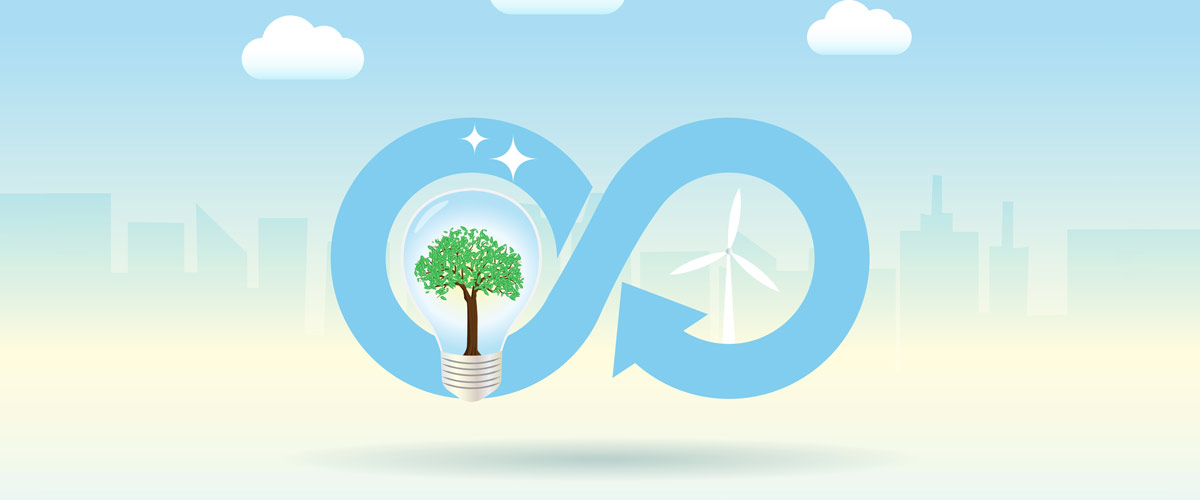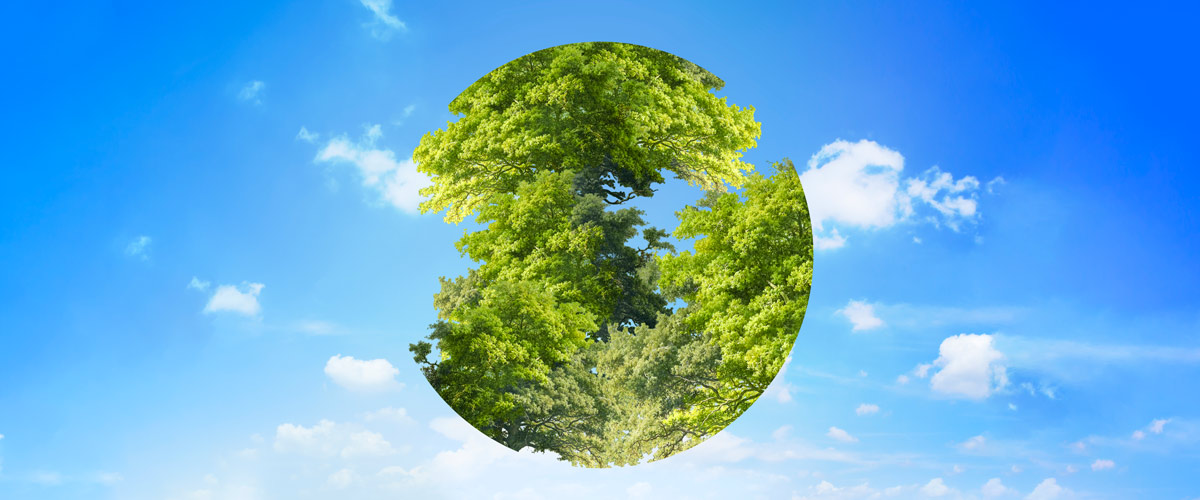What is Circular Economy?
The circular economy, a production and consumption model developed to create products with a better life cycle instead of products that are consumed quickly and in a short-lived way, ensures that waste is minimized in the life cycle of products. However, the traditional or linear economy generates wastes that cause environmental pollution in the use, consumption and recycling of raw materials.
A sustainable future can be achieved through the transition to a circular economy in general life. Therefore, the circular economy needs to be examined comprehensively with its definition, benefits and objectives.
If a definition is needed for the circular economy, it can be said that it is an economy model that aims environmental protection and continuity in the whole process from the use of raw materials in the production line to the emergence of waste. In this system, there is a principle such as “Reduce-Reuse-Recycle” instead of the “Buy-Build-Use-Dispose” system in the traditional economy.
Basically, “Reduce-Reuse-Recycle” is at the heart of the circular economy concept. In this framework;
- Less raw materials are used with the reduce principle.
- With the reuse principle, products and parts can be reused in a valuable way.
- With the recycle principle, raw materials can be used again and again effectively and with high quality.
Circular economy has an important place in sustainable development goals. Because when it is only profit-oriented, irreversible damage can be caused to human and environmental health. For example, climate change is one of the consequences of this point.
To contribute to sustainable development, the circular approach uses natural resources more efficiently and reduces waste through recycling. This leads to less global warming, less pollution and a higher level of environmental awareness.
What Benefits Does Circular Economy Provide?
The circular economy, which supports sustainable development, provides benefits for the future as well as today. If these benefits are examined step by step;
- More efficiency is achieved in terms of materials and production thanks to reused resources.
- Increased environmental awareness through responsible production and consumption.
- Environmental impact is minimized in terms of protecting the natural balance.
- Recycling is utilized for efficient use of resources and savings.
- Circular transformation contributes to the development of more innovative products and services.
- Efficient use of resources leads to energy savings and lower emissions.
In addition to these benefits, the circular economy provides a great benefit, especially in the fight against climate change, which is a global problem. For a sustainable economy, a transition to a circular economy should be made by being more conscious in production and consumption. In this case, circular economy practices and the transition process can be specifically examined.
How Does the Transition to Circular Economy Process Work?
With the transition to a circular economy, a transition is made from a profit-oriented traditional economy to a sustainable structure. The transition and green transformation process should start quickly in order to make use of these opportunities both in the short and long term.
Within this framework, certain actions should be implemented during the transition to the circular economy model. These actions include:
- Environmentalism in products
- Exchange of old product for new
- Preservation of existing product
- Transparency policy
- Lower emissions
- Use of renewable resources in energy
- Environmentally friendly products
- Innovation in product design
- Improved business models
- Strong cooperation
- A good recycling and waste management policy is required.
The circular economy has a holistic structure compared to the linear economy. While the emphasis is particularly on the recycling of waste, the concept of downcycling in the linear economy and upcycling in the circular economy.
Downcycling refers to the transformation of waste into a substance of lower value. So, for example, a waste glass bottle is recycled into a waste glass keychain.
Upcycling refers to the transformation of waste into a more valuable substance. For example, a new paper cup can be produced from waste newsprint.
The concept of recycling refers to the transformation of waste into the same raw material as a result of reprocessing.
While the process of transition to a circular economy is becoming faster and faster around the world, the European Union, for example, is aiming for a climate-neutral continent by 2050. In this sense, the European Union is also implementing a circular economy action plan within the framework of the Green Deal.
How to Determine the Circular Framework in Production Processes?
A sustainable future requires a circular approach, especially in production processes. In addition, the circular economy should be clearly visible and measurable by its performance. In this sense, Life Cycle Analysis (LCA) is used as the most important method to express the circular capacity of production processes.
LCA studies are prepared within the framework of ISO 14040/14044 standards. In this standard, the entire life cycle of the product from raw material procurement to waste management is followed. The cyclical framework in the production process can be more clearly understood by conducting LCA studies, especially for the environmental impact of the product.
Within the framework of the corporate advantages offered by LCA studies used for the production cycle;
- Managing risks and opportunities due to the climate crisis,
- Achieving higher organizational agility through improved products and services,
- Achieving corporate sustainability,
- Adaptation to international transformations,
- Thanks to the increase in environmental awareness, it is possible to provide the right answers to changing consumption behaviors.
If the standards used in this process are handled individually, significant benefits can also be achieved as a consumer. Conscious consumers should be aware of their environmental impact. If the consumer adopts the circular economy, they can more easily access products with proven environmental impact.
The EU Ecolabel can also be used to make circularly proven products easier to find. With this label, environmental impact can be reduced by adopting environmentally proven products.




